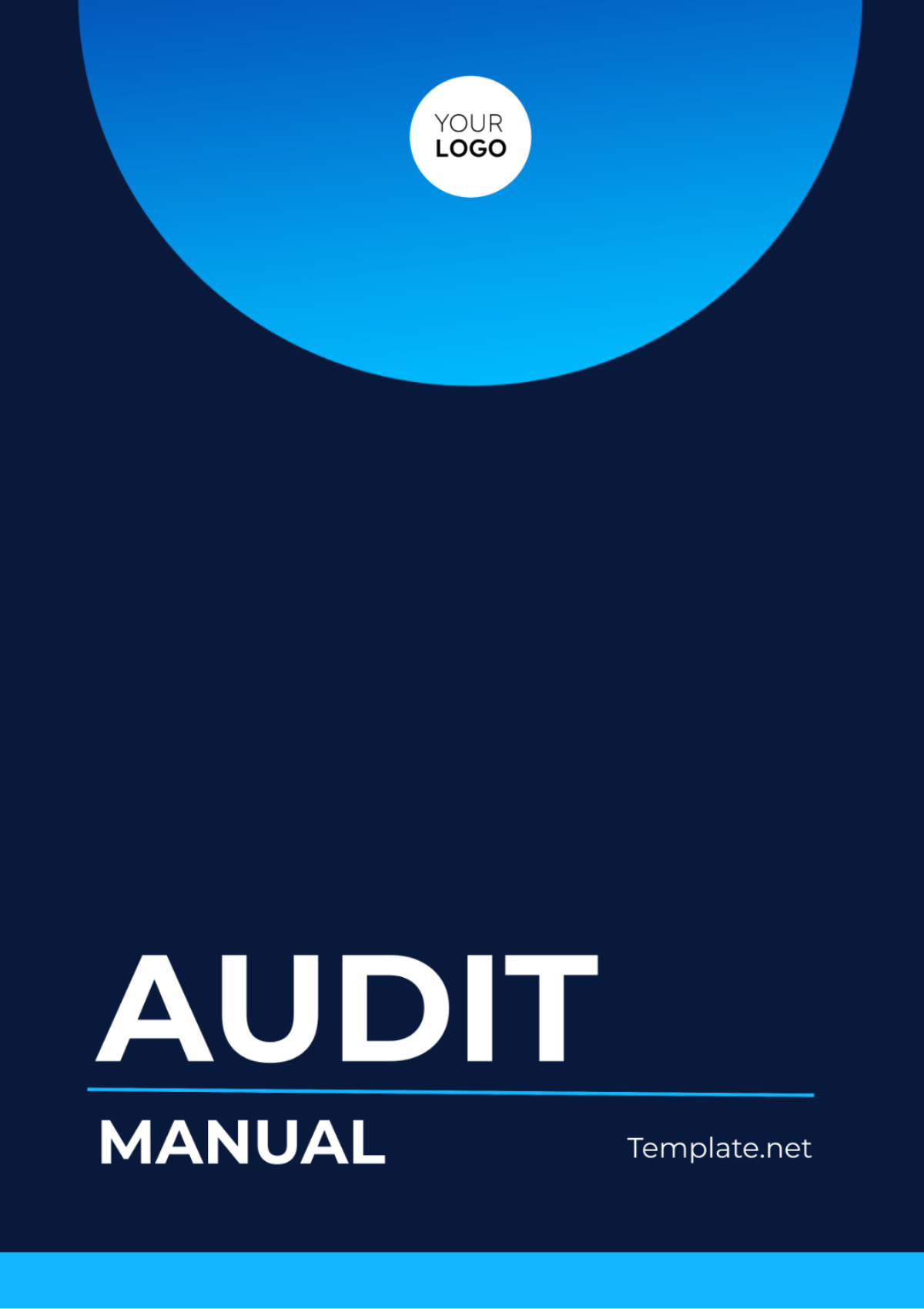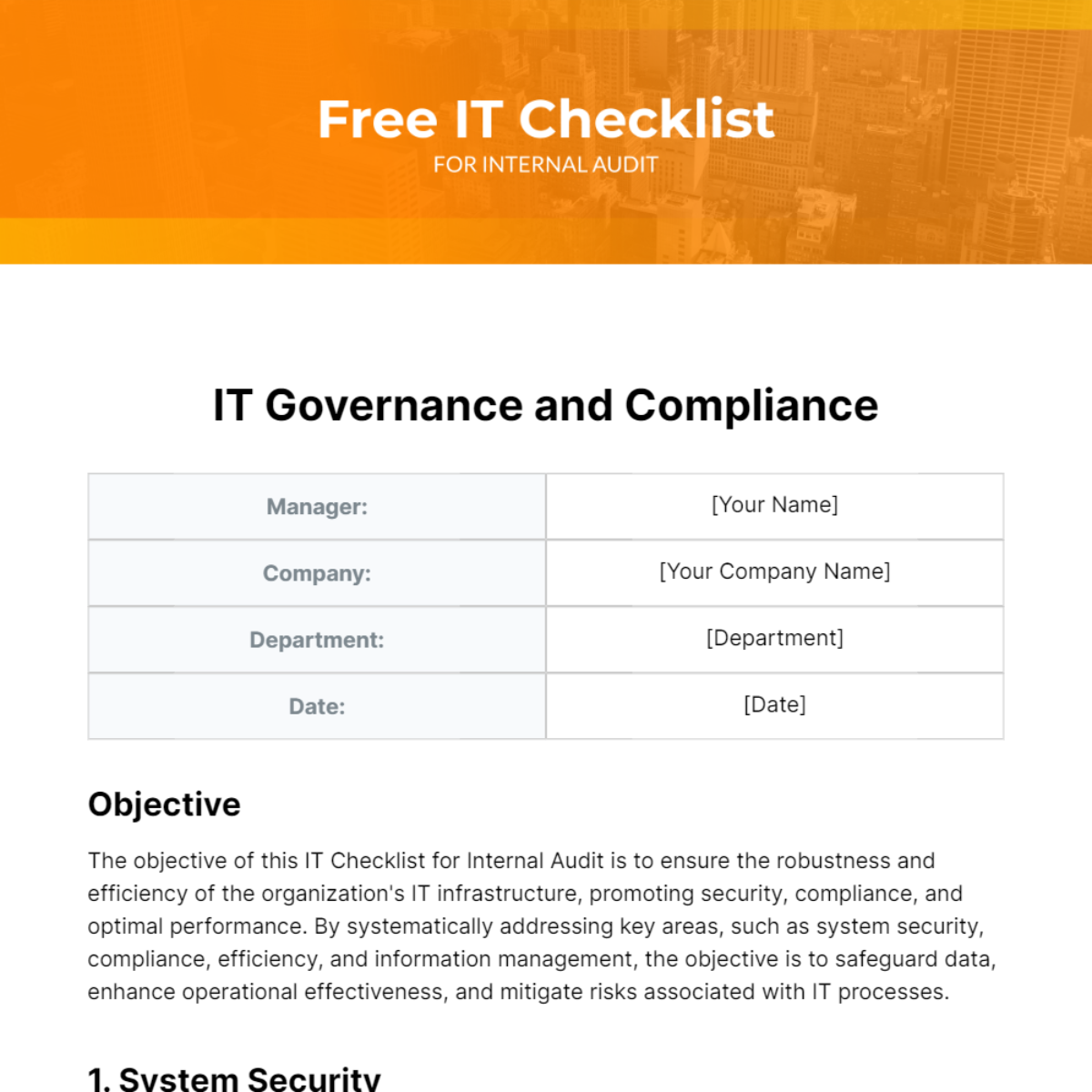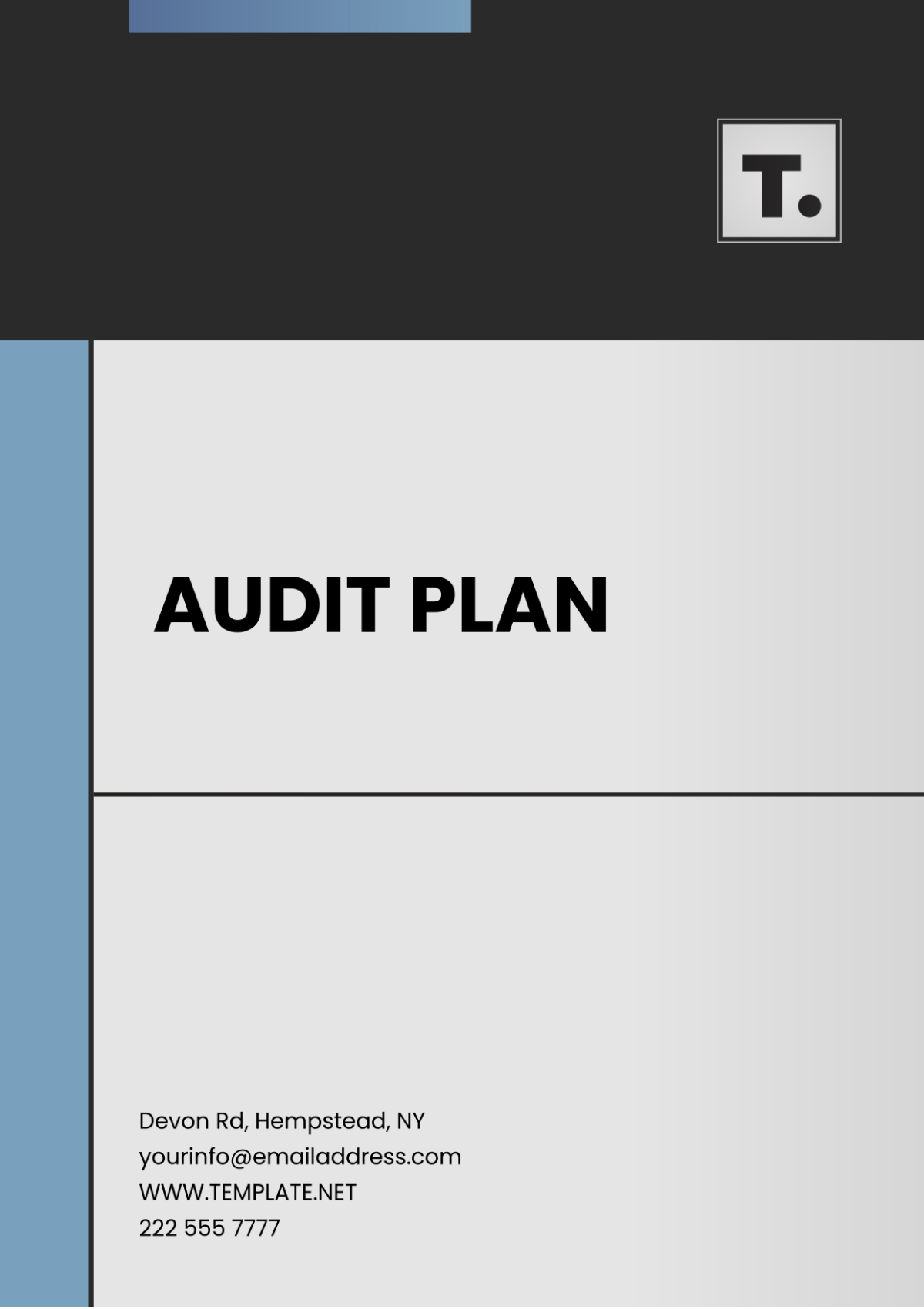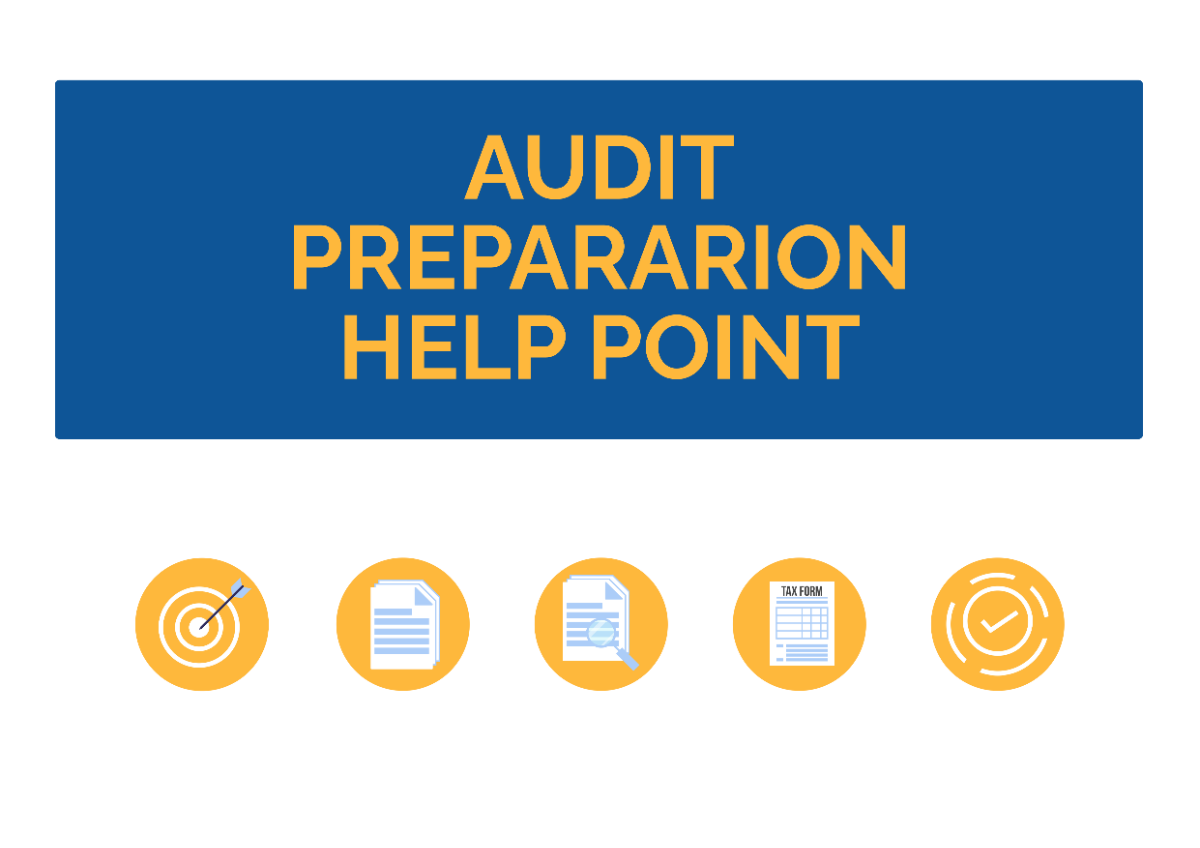Audit Brief
Prepared by: [YOUR NAME]
Company: [YOUR COMPANY NAME]
I. Introduction
This audit brief serves as a foundational document outlining the objectives, scope, procedures, and responsibilities associated with the forthcoming audit process. It is designed to provide clarity to the audit committee members regarding the planned evaluation and to ensure alignment with organizational goals and compliance requirements.
II. Objectives
The primary objectives of this audit are:
To assess the effectiveness and efficiency of internal controls within the designated areas of examination.
To evaluate compliance with relevant laws, regulations, and internal policies.
To identify potential areas of improvement to enhance operational performance and mitigate risks.
To assure stakeholders regarding the reliability of financial reporting and safeguarding of assets.
III. Scope
The audit will encompass the following key areas:
Financial operations, including revenue recognition, expenditure management, and financial reporting processes.
Compliance with applicable laws, regulations, and industry standards.
Operational effectiveness and efficiency within specified departments or functions.
Information technology systems and data security controls.
Any additional areas deemed pertinent to organizational objectives or risks.
IV. Audit Criteria
The audit will adhere to the following criteria, incorporating GAAS, regulatory requirements, industry standards, and best practices:
1. Financial Operations Accuracy and completeness of financial records Compliance with GAAP and relevant accounting standards Adequacy of internal controls over financial reporting |
Adherence to applicable laws and regulations Compliance with industry-specific regulatory bodies Effectiveness of compliance monitoring mechanisms |
Efficiency of processes and resource utilization Achievement of operational objectives Identification and mitigation of operational risks |
Security of IT systems and data protection measures Compliance with cybersecurity regulations and standards Availability and reliability of IT infrastructure |
Any other criteria deemed relevant to the audit scope |
V. Methodology
The audit will employ a combination of techniques, including but not limited to:
Risk assessment to prioritize audit focus areas.
Sampling techniques to gather sufficient evidence.
Inquiry and observation to validate internal controls and processes.
Testing of transactions and procedures to assess compliance and accuracy.
Review of documentation and records to verify adherence to policies and procedures.
VI. Responsibilities
The audit team, led by the Audit Manager, will be responsible for:
Planning and executing the audit by established protocols.
Communicating with relevant stakeholders to gather necessary information and provide updates on audit progress.
Documenting findings and recommendations in a comprehensive audit report.
Collaborating with management to address identified deficiencies and implement corrective actions.
VII. Timeline
The audit is scheduled to commence on [start date] and is expected to be completed by [end date]. However, the timeline may be subject to adjustment based on the complexity of the audit scope and the availability of resources.
VIII. Reporting
A formal audit report will be prepared upon completion of the audit process. The report will include:
An executive summary outlining key findings and recommendations.
Detailed analysis of audit results, including strengths, weaknesses, and areas for improvement.
Management responses to audit findings and proposed action plans.
Any additional supporting documentation or appendices deemed necessary for clarity.










































